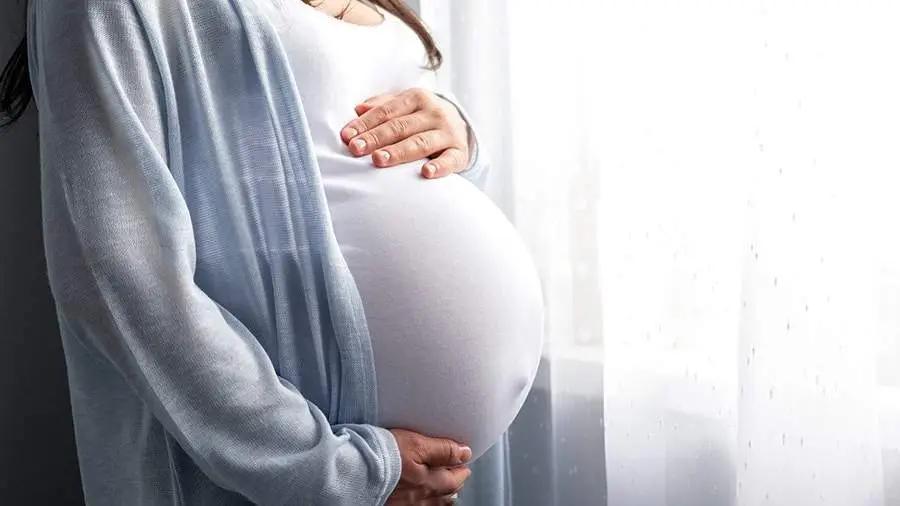
Published
09/02/2025, 09:47At the end of 2024, Kamchybek Tashiev, head of the State Committee for National Security of Kyrgyzstan, urged Kyrgyz women to have more children and announced new measures to support large families. According to him, in highland regions, maternity capital will be paid up to 2 million KGS for the birth of a tenth child (1.5 million KGS for the eighth and ninth child). These initiatives are aimed to stimulate birth rates and improve the demographic situation.
At the same time, statistics show that Kyrgyzstan is already demonstrating a stable population growth — 1.7% per year, which is a respectable figure by global standards. By comparison, several other EAEU countries are experiencing negative trends: Russia’s population declined by 0.2% and Belarus’s by 0.5% (2024 data, open sources). Kazakhstan recorded a growth of 1.3%, while Armenia became the leader in population increase within the EAEU, with a rise of 2.3% over the year.
Demographic indicators are influenced not only by financial support at the birth of a child but also by the system of benefits for women during pregnancy and after childbirth. “Akchabar” has prepared an overview of state payments for expectant and new mothers in all EAEU countries in 2025.
In Kyrgyzstan, the main form of support for pregnant women and new mothers is the maternity leave benefit. For the first 10 working days, the employer pays 100% of the woman’s salary, and from the 11th day, the benefit is provided from the state budget at a rate of 2,000 KGS per month. Since January of last year, this benefit has been doubled. Women working in high-altitude or hard-to-reach areas receive 100% of their salary for the entire maternity leave period.
In addition, a one-time child birth allowance, “Balaga Suyunchu,” is paid: 4,000 KGS for each newborn. In the case of triplets or more, the allowance amounts to 50,000 KGS per child. (According to authorities, additional payments are planned for the 4th to 10th child — see above.)
Finally, for low-income families, there is a monthly allowance called “Uy-Bulogo Komok” (approximately 1,200 KGS per month) for each family with children under 16 years old, whose per capita income is below the subsistence level. Although this allowance is not directly linked to pregnancy, it helps support large and needy families.
In Armenia, maternity leave is fully paid by the employer (by law — 100% of the average salary) for the entire leave period, which is usually 140 calendar days for a normal birth. Unemployed women receive a special social allowance of 31,600 AMD (approximately 7,300 KGS) per month during maternity leave.
In addition, the state provides a one-time childbirth allowance. It amounts to 300,000 AMD (approximately 68,800 KGS) for the first and second child, 1,000,000 AMD (about 229,600 KGS) for the third and fourth child, and 1,500,000 AMD (around 344,400 KGS) for the fifth and each subsequent child.
In Armenia, a monthly child allowance is paid starting from the third child: 50,000 AMD (approximately 11,400 KGS) per month for each third and subsequent child up to the age of six.
Finally, a unified allowance for pregnant women has been introduced, paid together with maternity benefits. To receive it, a woman must register before 12 weeks of pregnancy and meet the eligibility criteria based on family income. The amount depends on the regional subsistence minimum (usually 50–100% of it) and is processed through social protection authorities (details vary by region).
In Belarus, maternity leave benefits are paid from the Social Insurance Fund and amount to 100% of a woman’s average daily earnings (provided social contributions have been paid). Minimum amounts are also established: for employed women, the minimum equals the monthly minimum wage. In practice, almost all working women receive “maternity pay” equal to their salary, up to the legally established limits.
In addition, one-time payments related to the birth of a child are as follows: 10 units of the budget subsistence minimum, equivalent to 126,100 KGS (the subsistence minimum in 2025 is 487.72 Belarusian rubles) for the first newborn, and 14 units of the subsistence minimum (approximately 6,476.12 Belarusian rubles – 166,400 KGS) for the second and each subsequent child. Women who register their pregnancy before the 12th week receive an additional payment equal to 100% of the subsistence minimum (487.72 Belarusian rubles – 12,600 KGS).
Thus, in Belarus, expectant mothers receive maternity benefits based on their actual salary, while one-time payments are provided upon the birth of a child.
Starting in 2025, Kazakhstan has introduced a new system of family support: a one-time birth allowance is paid from the republican budget to all families without exception. The amount is 149,416 KZT (24,200 KGS) for the 1st, 2nd, and 3rd child, and 247,716 KZT (40,200 KGS) for the 4th and each subsequent child. These amounts correspond to 38 and 63 monthly calculation indexes (MCI), respectively, and are fixed regardless of the parents’ income.
A monthly childcare allowance is also provided for children up to 1.5 years of age, depending on the order of birth: in 2025, it amounts to 22,648 KZT (3,600 KGS) for the first child, 26,777 KZT (4,300 KGS) for the second, 30,866 KZT (5,000 KGS) for the third, and 34,995 KZT (5,600 KGS) for each subsequent child.
Working mothers are also entitled to paid maternity leave. By law, this includes prenatal leave (usually 70 days) followed by postnatal leave (56–84 days, depending on the circumstances). Social benefits during maternity leave are calculated based on the woman’s average income over the previous year, multiplied by the number of leave days. In other words, maternity pay equals 100% of the salary in accordance with the Kazakh Social Code.
In Russia, maternity benefits for working mothers are calculated as 100% of the average salary for the entire leave period (140 days for a standard birth, 156 days for a complicated birth, and 194 days for multiple births). However, insurance limits apply: in 2025, the maximum benefit is 794,355.80 RUB for a standard birth, 885,139.32 RUB for a complicated birth, and 1,100,750.18 RUB for multiple births. (For employees with short work experience or those dismissed due to company liquidation, the payment is calculated based on the minimum wage).
In addition, all Russian families are entitled to a one-time birth allowance of 26,400.41 RUB, regardless of income or the number of children. In the case of multiple births, this amount is paid for each child. Furthermore, there is a unified (social) allowance for pregnant women from low-income families (if income is below the regional subsistence minimum and other conditions are met). This allowance is paid monthly during pregnancy and for a certain period after childbirth. The amount is determined by local authorities and usually equals 50%, 75%, or 100% of the regional per capita subsistence minimum. In summary, in Russia, expectant mothers receive maternity benefits based on their actual salary (up to a maximum of 794,355–1,100,750 RUB) and a fixed one-time payment of 26,400 RUB for each newborn.
Overall, the analysis shows that the support measures for pregnant women and young mothers vary significantly across the EAEU countries. Russia provides the highest income replacement through maternity benefits equal to 100% of the average salary. Kazakhstan demonstrates the most universal approach, combining fixed one-time payments with monthly allowances. Armenia stands out for the high amounts paid for the birth of the third and subsequent children, making its model particularly advantageous for large families. Belarus emphasizes social guarantees and ties payments to the subsistence minimum, ensuring stability even for low-income families. Kyrgyzstan currently lags behind other countries in terms of payment amounts, but offers benefits for residents of high-altitude regions and working women. Thus, support in each country depends not only on the absolute amount of benefits but also on income levels, regional conditions, and administrative requirements for claiming payments.



